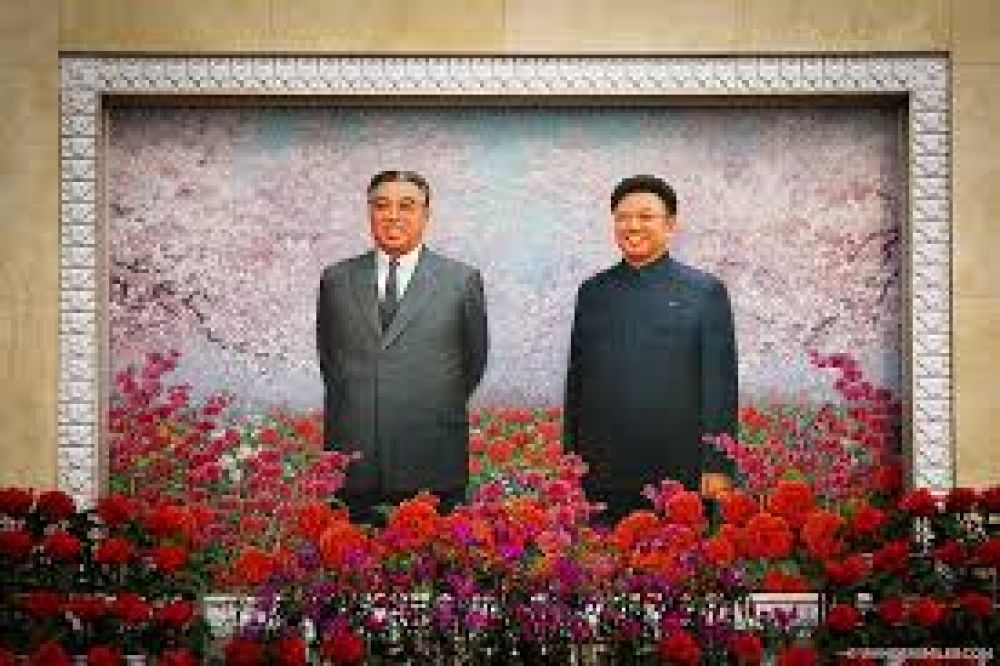

Tourism in North Korea has always been tightly controlled by the government. It mostly revolves around monuments, museums, and sites dedicated to the official history and leadership. Pyongyang, as the capital of North Korea, lies at the heart of this tourism industry with several landmarks that are designed to highlight the achievements and ethos of the country’s regime.
The history of tourism in Pyongyang can be broadly characterized by its focus on revolutionary landmarks and the veneration of its leaders, specifically Kim Il-sung and Kim Jong-il. In the past, tourism was predominantly for socialist bloc comrades, but over the years, it has slightly opened up to include limited numbers of tourists from other countries – though still under strict supervision.
Kimsusan Palace of the Sun, formerly the Kumsusan Memorial Palace, and often referred to simply as the "Maosoleum," is the most revered place in North Korea. It serves as the former office and the final resting place of Kim Il-sung and later his son Kim Jong-il.
The KimilsungiaKimjongilia Exhibition Hall is a significant venue in Pyongyang that showcases the Kimilsungia and Kimjongilia flowers, which are named after the two leaders Kim Il-sung and Kim Jong-il, respectively. Kimilsungia is an orchid and Kimjongilia is a begonia. These flowers have been cultivated as symbols of the leaders' characters and are integrated into North Korean culture and propaganda.
Visitors to the exhibition hall can learn about the history of how these flowers came to be associated with the leaders of North Korea and the importance they hold in ceremonies and festivals, including the Kimilsungia Festival often held in April and the Kimjongilia Festival typically in February.
Tourists can visit the KimilsungiaKimjongilia Exhibition Hall generally as part of a guided tour. Access to the hall, like all sites in North Korea, is highly regulated. Photography within the venue is typically restricted, and visitors are expected to observe local customs and protocols, which often include bowing before the images or statues of the leaders and showing respect to the symbols of the state.
The latest trends in North Korean tourism have involved the creation of more specialized tours, including focused itineraries for enthusiasts of specific aspects of North Korean culture or history. Although the overall tourist numbers remain low due to international sanctions and travel restrictions – particularly due to the COVID-19 pandemic – there is a growing interest in the hermit kingdom's unique culture and political landscape.
Kim Ilsung Square, on another note, has continued to be a major attraction, known widely for military parades and mass gatherings. It serves as an important point of interest for tourists aiming to grasp the grandeur and governmental might showcased by North Korean authorities.
While tourism in North Korea remains a niche market with stringent oversight, sites like the Kimsusan Palace of the Sun, the KimilsungiaKimjongilia Exhibition Hall, and Kim Ilsung Square offer a glimpse into the highly choreographed and politicized world of North Korean culture and history. Visitors to these sites must be prepared for a controlled and unique travel experience that is quite unlike anywhere else in the world.